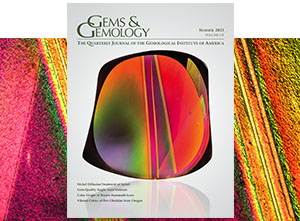
An overview of the Summer 2023 Gems & Gemology content.
Read More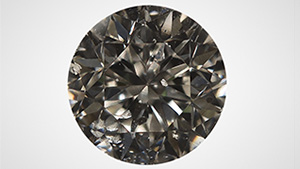
Rare chromium-rich corundum inclusions in a natural gem diamond provide a window into the deep earth.
Read More
Gemstones formed in metamorphic environments offer insights into the earth’s history and the evolution of tectonic activity that led to their formation.
Read More
An overview of natural "pipi" pearls from French Polynesia.
Read More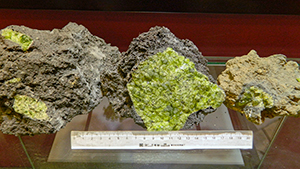
Analyzes the gemological and geochemical characteristics of peridot from the Gia Lai province alongside specimens from other localities to gain insight into its formation.
Read More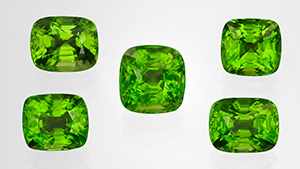
Examines the mining and the internal, spectroscopic, and chemical features of peridot from this deposit, which possesses a rich olive green color and is available in large sizes.
Read More
A look at plastic deformation, one of the most prevalent features in natural diamond.
Read More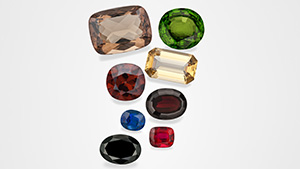
This installment of “Colored Stones Unearthed” covers gemstones that formed in magmatic environments and the insights they offer into the evolution of the earth and the geological processes that shaped our world.
Read MoreThe existence of a natural red andesine deposit in China/Tibet has been the subject of controversy since 2006.
Read More
Over the last two decades, knowledge of the formation of gem deposits has improved significantly. This article reviews the state of our knowledge of the geology and genesis of gem corundum and emerald deposits.
Read More